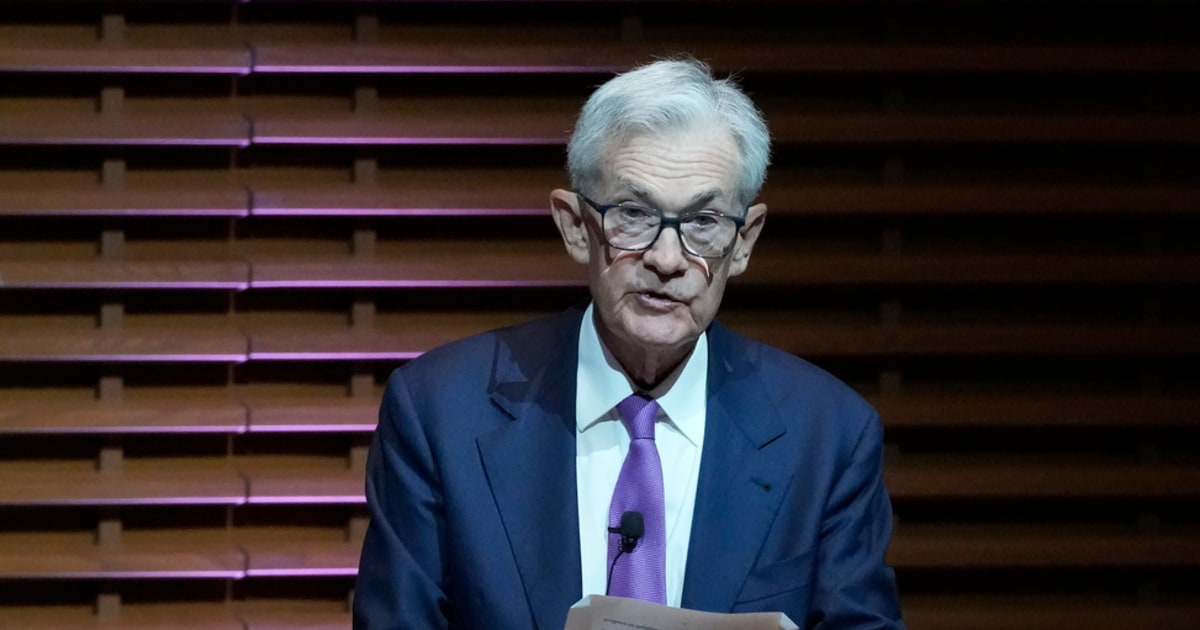The International Labor Organization (ILO) has warned this Monday that workers around the world will be forced to accept lower quality jobs as a result of the global slowdown that will take place this year.
The growth rate of employment will fall by half in 2023 and will remain at 1%.
On the other hand, world unemployment will increase by three million people and will reach a total of 208 million.
Geopolitical tensions –including the war in Ukraine-, the uneven recovery process after the pandemic and problems in supply chains are the main potholes that are hindering the progress of global labor markets.
According
to the World Employment and Social Outlook 2023
report , high inflation synchronized with a period of low growth is further hampering job creation.
In this circle, the organization figures the global employment deficit – which goes beyond the unemployed and encompasses all job needs, including those who do not look for a job because they cannot combine it with their family life or do not have access to training – at 473 million people.
By region, Europe and Central Asia will lose jobs, but unemployment rates will not skyrocket because the increase in the working-age population will not be significant.
In the Asia-Pacific area, in Latin America and the Caribbean, the increase in employment will be around 1%, but unemployment will also rise.
Finally, in the case of Africa and the Arab States, the labor market will advance by 3%, but this will be offset by the increase in the population of working age, and their unemployment rates will only fall by one tenth in the case of Africa and 0.3% in the case of the Arab States.
uneven distribution
On this canvas, the ILO warns that the deterioration of employment conditions means that many people, despite having a job, do not manage to get out of poverty.
In 2022, the number of workers living in extreme poverty (earning less than US$1.90 per day per person) is estimated to be 214 million, corresponding to approximately 6.4 per cent. of the people employed.
In this, inflation is decisive, since the general rise in prices compromises purchasing power and leaves nominal income increasingly devalued.
Thus, unemployment ends up translating into lack of social protection.
According to the ILO, the income of the bottom half of the world's workers is equivalent to approximately 8% of total labor income.
That is, 92% of the income is in the hands of the 50% that earns the most.
Women and young people are the most vulnerable profiles.
The global activity rate for women stood at 47.4% in 2022, compared to 72.3% for men.
The difference is 24.9 percentage points, so for every unemployed man there are two economically inactive women globally.
In the case of young people between 15 and 24 years of age, their unemployment rate is three times higher than that of those over 25 years of age.
More than one in three young people do not work, study or receive training courses.
Contraction risk in 2023
"The slower rate of global employment growth means that the losses incurred during the covid-19 crisis are unlikely to be offset before 2025," said Richard Samans, director of the ILO's research department and coordinator of the report. .
If we compare the data with 2019 – the reference year prior to the health crisis – on a global scale there are still 16 million more unemployed people.
The cooling of the economies, partly caused by the central banks to contain inflation, has weighed down the demand for production goods and services.
According to the report, this circumstance will impact employment throughout this year, especially in low- and middle-income countries.
In the States with higher incomes, the main problem may come from the mismatch between the supply and job profiles.
The ILO maintains that the risk of a shortage of “skilled” workers is “persistent” and warns that in these countries the job offer is “scarce”.
"An environment of high and persistent uncertainty has emerged around the world, which shrinks business investment, especially from small and medium-sized enterprises, erodes real wages and pushes workers back into informal employment," the ILO concludes in its report.






/cloudfront-eu-central-1.images.arcpublishing.com/prisa/D6BPFYE4B5FMJAMYWLMWT3HYGQ.jpg)

/cloudfront-eu-central-1.images.arcpublishing.com/prisa/V7VWQYKVFVAJDPG3TQOP75Y74M.jpg)





